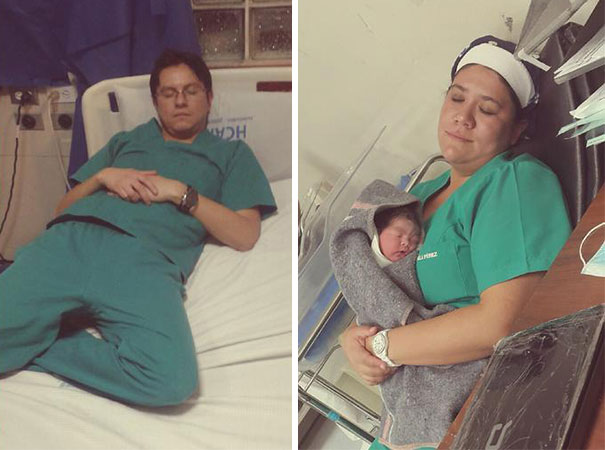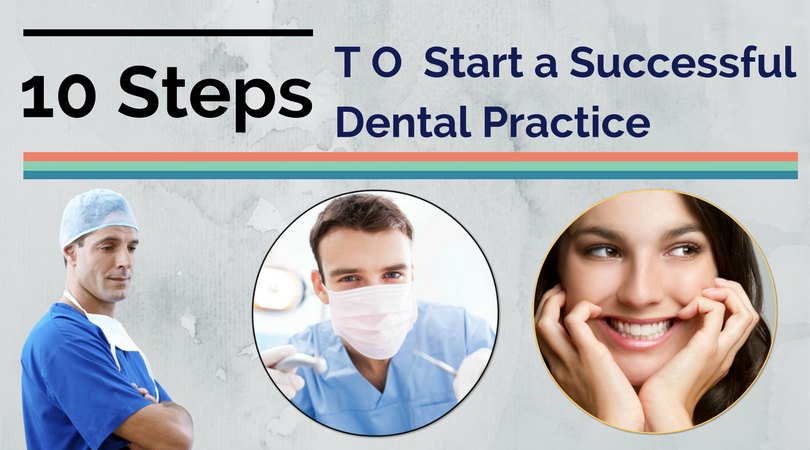EMERGENCY DRUGS IN DENTAL CLINIC
EMERGENCY DRUGS IN DENTAL CLINIC
The following article will summarise the drugs which should be part of a dentist’s emergency kit.There are 6 drugs which should be considered essential for all dentists.Though some times the need of drugs can vary depending on the speciality practice of a dentist .
1. Oxygen

- Oxygen is indicated for every emergency except hyper-ventilation. This should be done with a clear full face mask for the spontaneously breathing patient and a bag-valve-mask device for the apneic patient.
- Therefore whenever possible, with the exception of the patient who is hyperventilating, oxygen should be administered.
- For the management of a medical emergency it should not be withheld for the patient with chronic obstructive lung disease, even though they may be dependent on low oxygen levels to breathe if they are chronic carbon dioxide retainers.
- Short term administration of oxygen to get them through the emergency should not depress their drive to breathe.
- Oxygen should be available in a portable source, ideally in an “E”-size cylinder which holds over 600 liters. This should allow for more than enough oxygen to be available for the patient until resolution of the event or transfer to a hospital.
- If the patient is conscious, or unconscious yet spontaneously breathing, oxygen should be delivered by a full face mask, where a flow rate of 6 to 10 liters per minute is appropriate for most adults.
- If the patient is unconscious and apneic, it should be delivered by a bag-valve-mask device where a flow rate of 10 to 15 liters per minute is appropriate.
- A positive pressure device may be used in adults, provided that the flow rate does not exceed 35 liters per minute.
2. Epinephrine
- Epinephrine is the drug of choice for the emergency treatment of anaphylaxis and asthma which does not respond to its drug of first choice, albuterol or salbutamol.
- Epinephrine is also indicated for the management of cardiac arrest, but in the dental office setting, it may not be as likely to be given, since intravenous access may not be available.
- Its administration intramuscularly is not as likely to be very effective in this latter emergency, where adequate oxygenation and early defibrillation is most important for the cardiac arrest dysrhythmias with the relatively best prognoses, namely ventricular fibrillation or pulseless ventricular tachycardia.
- As a drug, epinephrine has a very rapid onset and short duration of action, usually 5 to 10 minutes when given intravenously. For emergency purposes, epinephrine is available in two formulations. It is prepared as 1 : 1,000, which equals 1 mg per ml,for intramuscular, including intralingual, injections.
- Epiniphrine is clearly a highly beneficial drug in these emergencies. Concurrently, however, it can be a drug with a high risk if given to a patient with ischemic heart disease. Nevertheless, it is the primary drug needed to reverse the life-threatening signs and symptoms of anaphylaxis or persistent asthmatic bronchospasm.
3. Nitroglycerin

- This drug is indicated for acute angina or myocardial infarction. It is characterised by a rapid onset of action. For emergency purposes it is available as sublingual tablets or a sublingual spray.
- One important point to be aware of is that the tablets have a short shelf-life of approximately 3 months once the bottle has been opened and the tablets exposed to air or light.
- The spray has the advantage of having a shelf-life which corresponds to that listed on the bottle. Therefore, if a patient uses his/her own nitroglycerin, there is a possibility of the drug being inactive. This supports the need for the dentist to always having a fresh supply available.
- With signs of angina pectoris, one tablet or spray (0.3 or 0.4 mg) should be administered sublingually. Relief of pain should occur within minutes. If necessary, this dose can be repeated twice more in 5-minute intervals. Systolic blood pressures below 90 mmHg contraindicate the use of this drug.
4. Injectable Antihistamine
An antihistamine is indicated for the management of allergic reactions. Whereas mild non-life threatening allergic reactions may be managed by oral administration, life-threatening reactions necessitate parenteral administration.
5. Albuterol (Salbutamol)
A selective beta-2 agonist such as albuterol (salbutamol) is the first choice for management of bronchospasm. When administered by means of an inhaler, it provides selective bronchodilation with minimal systemic cardiovascular effects. It has a peak effect in 30 to 60 minutes, with a duration of effect of 4 to 6 hours. Adult dose is 2 sprays, to be repeated as necessary. Pediatric dose is 1 spray, repeated as necessary.
6. Aspirin
- Aspirin (acetylsalicylic acid) is one of the more newly recognized life-saving drugs, as it has been shown to reduce overall mortality from acute myocardial infarction.
- The purpose of its administration during an acute myocardial infarction is to prevent the progression from cardiac ischemia to injury to infarction. There is a brief period of time early on during a myocardial infarction where aspirin can show this benefit. For emergency use there are relatively few contraindications.
- These would include known hypersensitivity to aspirin, severe asthma or history of significant gastric bleeding. The lowest effective dose is not known with certainty, but a minimum of 162 mg should be given immediately to any patient with pain suggestive of acute myocardial infarction.
7. Oral Carbohydrate
- An oral carbohydrate source, such as fruit juice or non-diet soft-drink, should be readily available. Whereas this is not a drug, and perhaps should not be included in this list, it should be considered essential.
- If this sugar source is kept in a refrigerator it may not be appreciated that it is a key part of the emergency equipment. Therefore, consideration should be given to making this part of the emergency kit. Its use is indicated in the management of hypoglycemia in conscious patients.
8.Morphine
- Morphine is indicated for the management of severe pain which occurs with a myocardial infarction. Advanced Cardiac Life support recommendations list morphine as the analgesic of choice for this purpose.
- The dose involves titration in one to three mg increments intravenously until pain relief is accomplished. This should be guided by a decrease in blood pressure and respiratory depression. Extreme caution should be used in the elderly.
- If an intravenous is not in place, consideration can be given to administering morphine in a dose of approximately 5 mg intramuscularly. Again, lower doses need to be considered for the older patient.
9. Nitrous Oxide
Nitrous oxide is a reasonable second choice if morphine is not available to manage pain from a myocardial infarction. For management of pain associated with a myocardial infarction, it should be administered with oxygen, in a concentration approximating 35%, or titrated to effect.
10. Injectable Benzodiazepine
- The management of seizures which are prolonged or recurrent, also known as status epilepticus, may require administration of a benzodiazepine. In most dental practices, it would not be realistic to assume that the dentist could achieve venipuncture in a patient having an active seizure. This leads to the need for a water-soluble agent such as midazolam or lorazepam.
- Lorazepam has been reported as the drug of choice for status epilepticus and can be administered intramuscularly.
- Midazolam, however, is another alternative which is water soluble and could be considered. Sedation would be an expected side effect and patients should be appropriately monitored.
- Adult doses to consider for lorazepam are 4 mg intramuscularly, or midazolam 5 mg intramuscularly. If an intravenous is in place, these drugs should be slowly titrated to effect.
11. Flumazenil
The benzodiazepine antagonist flumazenil should be part of the emergency kit when oral or parenteral sedation is used, as these techniques are usually based on effective use of benzodiazepines. Dosage is 0.1 to 0.2 mg intravenously, incrementally.
12.Naloxone
- If either morphine is included in the emergency kit, or opioids are used as part of a sedation regimen, then naloxene should also be present for the emergency management of inadvertent overdose.
- Doses should ideally be titrated slowly in 0.1 mg increments to effect.
13.Corticosteroid
- Administration of a corticosteroid such as hydrocortisone may be indicated for the prevention of recurrent anaphylaxis.
- Hydrocortisone may also play a role in the management of an adrenal crisis. The notable drawback in their use in emergencies is their relatively slow onset of action, which approaches one hour even when administered intravenously.
- This is the reason why these drugs are not considered essential, as they are of minimal benefit in the acute phase of the emergency.
- There is low likelihood of an adverse response with one dose. The prototype for this group is hydrocortisone, which may be administered in a dose of 100 mg as part of the management of these emergencies.
14.Atropine
- This anti-muscarinic, anti-cholinergic drug is indicated for the management of hypotension, which is accompanied by bradycardia.
- The dose recommended is 0.5 mg initially, followed by increments as necessary until one reaches a maximum of 3 mg.
- Paradoxically, doses of less than 0.4 mg have been associated with induction of a bradycardia, likely due to atropine’s central nervous system’s actions.
15.Ephedrine
- This drug is a vassopressor which may be used to manage significant hypotension. It has similar cardiovascular actions compared with epinephrine, except that ephedrine is less potent and has a prolonged duration of action, lasting from 60 to 90 minutes.
- Similar precautions as noted with epinephrine administration should be considered when given to a patient with ischemic heart disease.
- For the treatment of severe hypotenson, it is ideally administered in 5 mg increments intravenously. Intramuscularly it should be given in a dose of 10 to 25 mg.
This list is just a basic summary & not a finalised manual. This article is just a beginner information to guide with the basic information and might be with faults. Always follow the official Pharmacology Directories to have a complete list of the medicines that should be kept in your dental clinic.





